Kombo South: From fighting to save environment to fighting for survival
The three fishmeal factories in Kombo South have a combined demand of 75 million kilos of fish a month. In this story, Kerr Fatou follows disputes between the natives of the Kombo South and the fishmeal factories and mining companies.
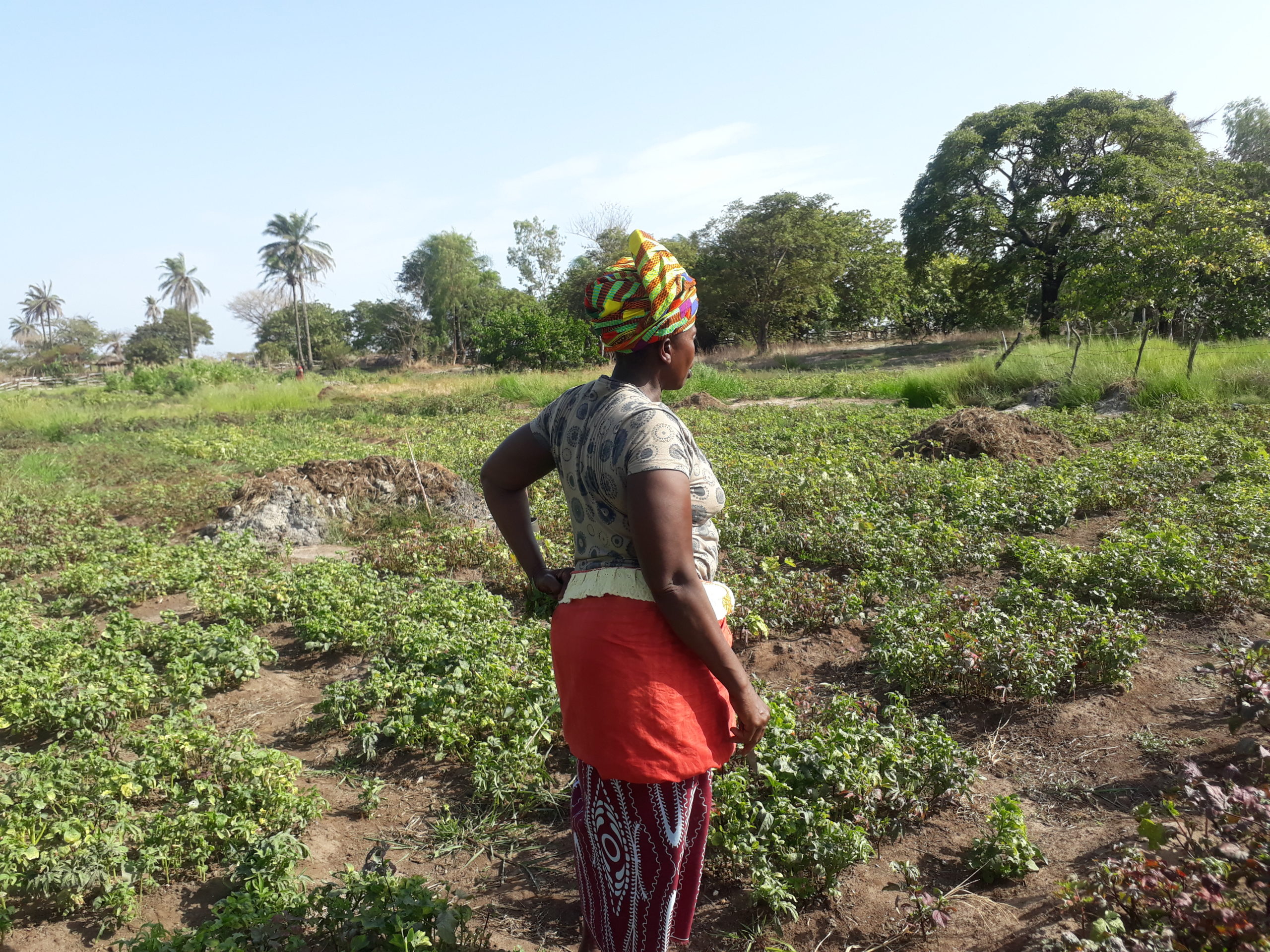
By Mustapha K Darboe
Kaddy Drammeh is a gardener, a native of Sanyang in her late 40s. On July 21, Drammeh was in her garden to harvest what was left of her vegetables. Drammeh, like most women in Sanyang’s Banko and Sansanding gardens, grows bitter tomato, tomato and eggplant.
But this year, their garden beds lay in total ruins due to unknown infection reportedly caused by flies.
“These past 2 years have been a total disaster for us. We harvest nothing,” she said. Drammeh is a single mother raising 5 children from revenue she gets from gardening. She pays from it their school fees, clothing and feeding.
With decline in her garden productivity comes difficulty in making ends meet. “Our fate is in Allah’s hands,” she told Kerr Fatou as she weeds her newly created Sorrel beds. The Sorrel had to be put in place of the rotten tomato, bitter tomato and eggplant.
Drammeh’s story is one too many. Mai Jammeh and Kaddy Njie, like their colleagues, grapple with similar fate. Their harvest the past two years has been a disaster, Jammeh told Kerr Fatou.
“The proceeds from this garden are used to feed our families. It has been a helpless two years for us,” said Jammeh.
The women blamed Nassim for their woes, a fishmeal factory owned by a Mauritanian businessman. The factory stood 30 meters from the garden where at least 100 women earn a living. There is a strong stench when approaching the factory from the direction of the women’s garden.
The factory measures 100 by 150 meters, standing about 100 meters from the high watermark.
The suspicion of the women is that flies transmit bacteria from the factory during their operations and perch on their garden products, getting them rotten.
Their suspicions were largely circumstantial since they have not done any scientific test to confirm their hypothesis.
However, at another garden called Sansanding some 5 kilometers from Banko women’s garden, similar experiences with their crops were noticed when the factory was dumping waste water nearby, said a local journalist Yusupha Jobe.
Ahmed Manjang is an environmental activist and microbiologist. Manjang told Kerr Fatou that there is credence to women’s suspicions.
Manjang said plant diseases are generally caused by microscopic organisms such as fungi, bacteria, nematodes, protozoa, and parasitic green algae and these pathogens are usually transmitted by flies and other insects.
“The claim by women vegetable gardeners in Sanyang village that flies coming from Nassim fishmeal factory might be responsible for the infection of their vegetable crops will not be something out of the ordinary. Because of the close proximity of the vegetable gardens to the factory, it is possible for flies carrying bacteria and other micro-organisms from the factory to feed on the saps of plants in the gardens and cause infection of the vegetables,” said Manjang.
“The fact that the kind of plant infection being observed in those gardens were never present before the establishment of the factory is another indication that cross contamination of the plants was probably due to flies cross-feeding between the gardens and the factory.”
Dr Malanding Jaiteh was appointed as a senior adviser to environment minister in May 2018. Dr Jaiteh said the women should channel their complaints to the agriculture ministry. Perhaps the horticultural department could help, said Dr Jaiteh.
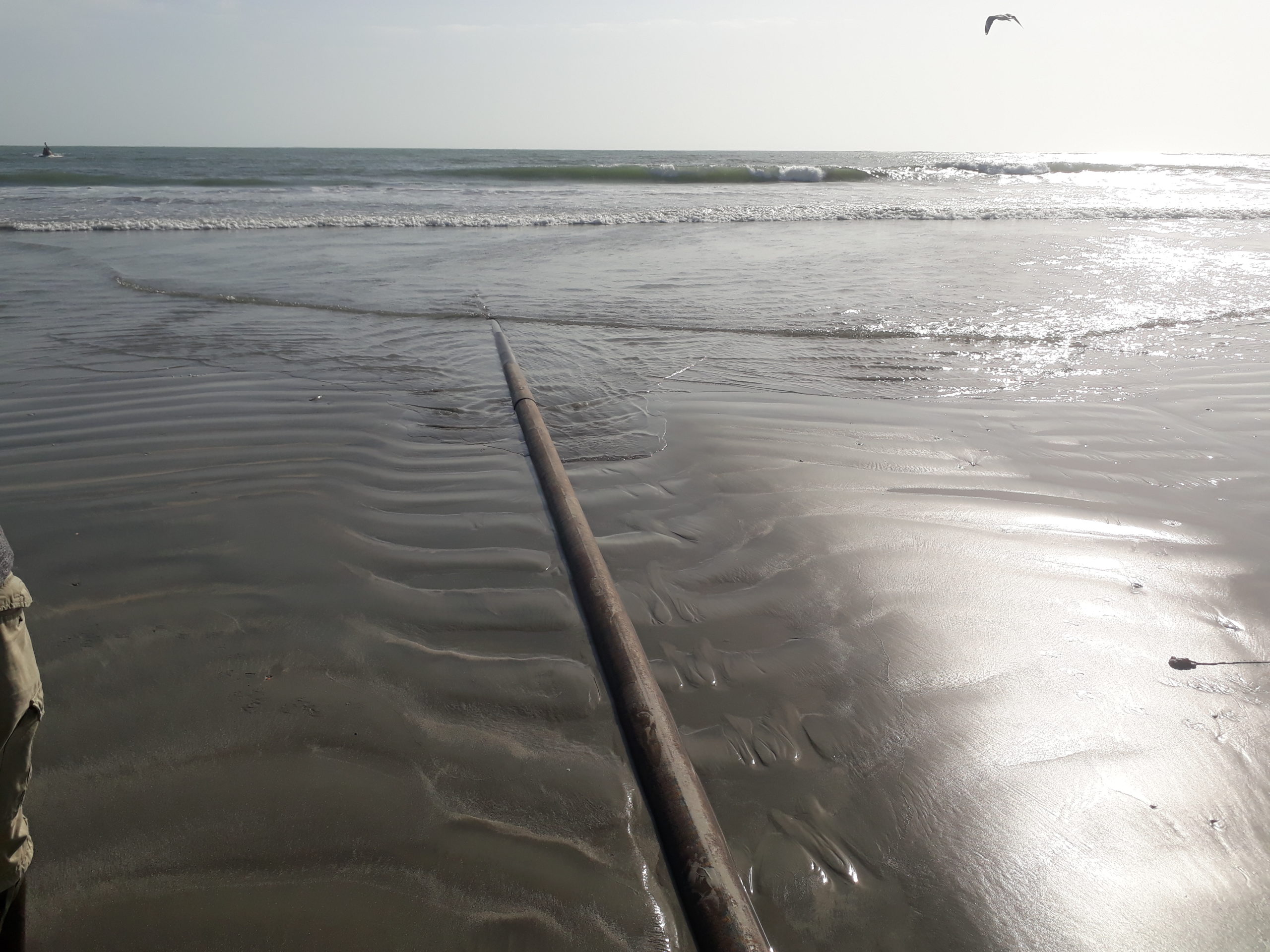
Kombo’s battle with fishmeal factories
In the Gambia, fish accounts for over half of the animal protein consumed by majority of the population. Fishing and its related activities are also the main source of income for at least 200,000 people, according to official statistics.
At the center of the fishing industry is Kombo South, the region that hosts the country’s 3 biggest fish landing sites.
That is why the region has also been a magnet for fishmeal factories. The local communities and environmentalists are concerned that the fishmeal factories are destroying the environment.
The Nassim factory had once been ordered to shut down operations by the National Assembly Committee on Environment in 2018.
The Committee’s rapporteur Suwaibou Touray told Kerr Fatou that during the tour, their assessment was that the company did not meet basic environmental standards.
“For Gunjur and Kartong, by face value, we did not see any environmental degradation. But for Sanyang we have found that Nassim did not even meet the criteria for operations,” said Touray.
However, the company was temporarily shut down in 2018 June but resumed operations six months later, on claims that they had now met the environmental requirements.
Prior to the temporary shutdown of the company, there was a major protest in Sanyang in June 2018. The community said the fishmeal factory was dumping hazardous waste in their gardens and rice fields.
Lamin Bojang, Sanyang’s Village Development Committee Chairman, said they have never approved of the operations of Nassim in their community. The company, according to him, promised to put their waste pipes 300 meters into the sea but now the pipe currently lies 50 meters into the sea. This brings the pipe closer to the shore, said Bojang.
“The solution to the problems Nassim posed to our environment is for it to stop operations.”
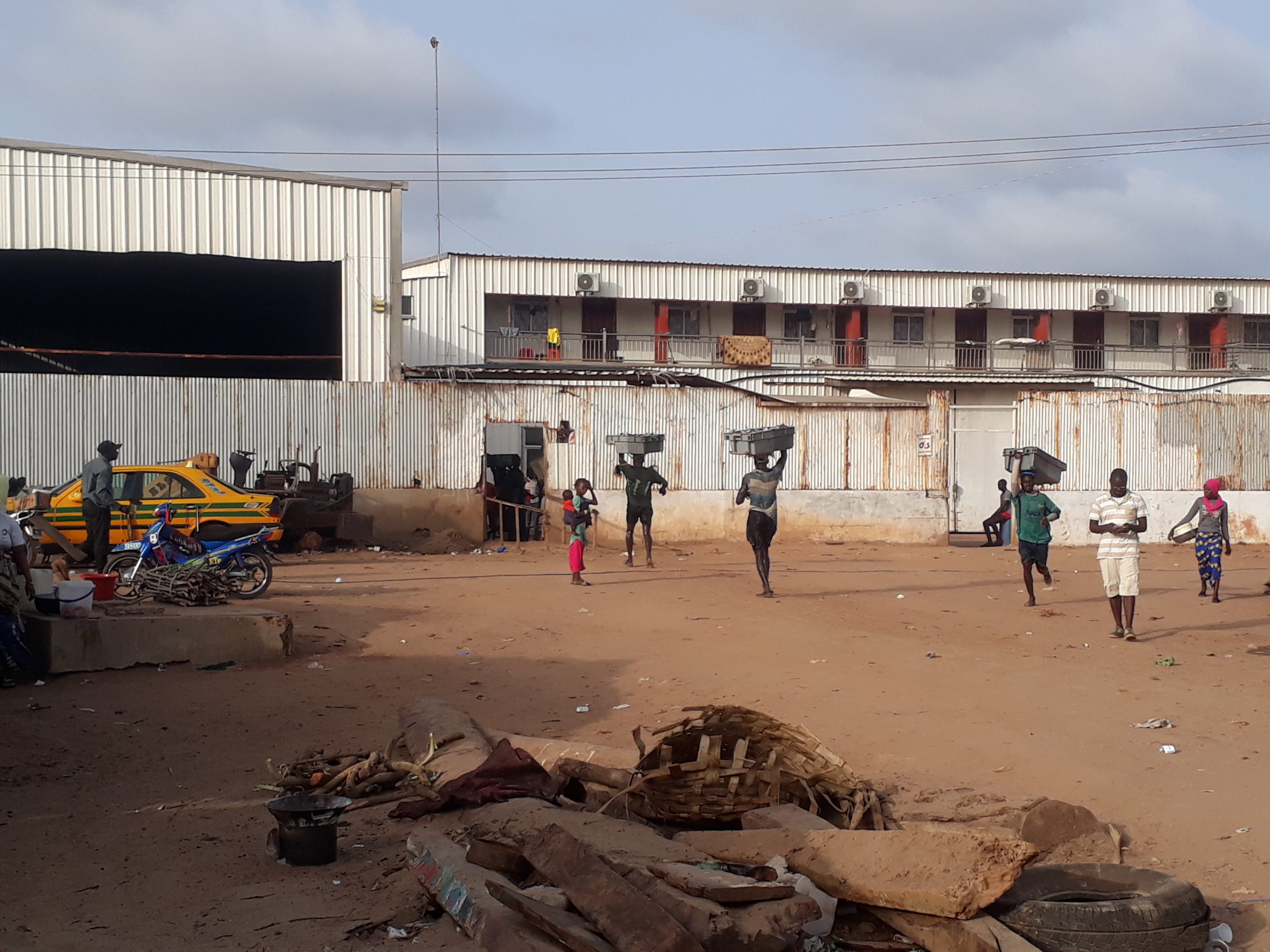
Gov’t and activists speak different language
There is resistance against fishmeal factories in all the three coastal towns they operate in. However, it is more prominent in Gunjur and Sanyang where confrontation between them and locals became tenser in 2018.
All the factories are located within 100 to 150 meters from the sea shore in Gunjur, Kartong and Sanyang. After much condemnation of their dumping of what environmental activists considered toxic waste at various places within the community, they resorted to dumping their waste water, they claim is treated, directly into the sea.
Both Sanayng and Gunjur protested that move. In March 2018, angry young activists in from the sea. They would later be charged with trespass, among others, but the court acquitted them in December 2018.
From the beginning of the struggle against the fishmeal factories, the reactions of various Government agencies have been inconsistent.
The National Environment Agency (NEA) has itself confirmed that the operations of Golden Lead were without proper procedure in 2017. They took the company to court but withdrew the case later after claims from the Government that it was to be settled out of court.
However, Gunjur activists who have tested the waste water of the factories in Germany have a different result.
They said the waste water is loaded with proteinaceous material and highly carcinogenic metalloid.
Their result shows that phosphate levels in the sample of seawater collected from the Bolong Fenyo, a Wildlife Reserve near the Golden Lead on 22 May 2017, are starkly higher than maximum levels necessary for the protection of aid Ahmed Manjang, a microbiologist and native of Gunjur.
Manjang said Kartong, Gunjur and Sanyang are exposed to the same level of danger by the companies.
Meanwhile, the Government claimed they have also done a test in Senegal that shows the factories’ waste is not harming the environment. But Dr Jaiteh, the adviser to the environment minister had admitted that neither the Ministry nor the NEA has a way of verifying how effective the waste treatment plants are.
“We now have treatment plant in all the 3 factories but how much effective they are, that is something that needs to be re-assessed. I doubt if that had been done properly,” said Dr Jaiteh.
Jaiteh said it should take time to assess the content of the treated waste water coming from the factories over a certain period to ascertain they are safe for the environment, a process that would require a capacity the NEA does not have.
“Often one data entry is not enough to give you a perfect answer,” said Dr Jaiteh.
“The NEA does not have the capacity to be regularly taking samples from the fishmeal factories and test them… “Naturally, we need to keep monitoring the waste water coming out of the factories. That requires capacity that we do not have… We don’t have labs in this country”
Overfishing
There are 3 fishmeal factories in Kombo South with one in Gunjur, Sanyang and Kartong. The factories have a combined demand of 2500 tonnes of fish a day, according to National Assembly Environment Committee.
This data was provided to the Committees by the factories themselves in 2018. This means the fishmeal factories cumulatively consume 75, 000 tonnes of fish a month, equivalent to at least 2,770 forty-foot containers of fish a month. This total is more than the entire fish catches in Gambia a year.
This puts the total demand of fish by the factories at 75 million kilos a month. However, there is no available statistics indicating how much of their consumption comes from Gambia and how much comes from Senegal or Guinea Bissau.
According to official statistics from Fisheries Department, an average of over 50 thousand tonnes of fish land on the country’s shores from 2010 to 2018 each year.
“They (fishmeal factories) are not relying on Gambia alone. They also get supplies from Guinea Bissau, Cape Verde and Senegal… Most of the time, they don’t get their requirement,” said Suwaibou Touray.
But even authorities are concerned about the potentials of overfishing with the fishmeal factories in the country.
For Dr Jaiteh, the concerns for overfishing far outweighs concerns for risks posed to the environment by the waste water being pumped into the sea. “The problem is the overfishing. That is to me the most serious problem,” said Dr Jaiteh.
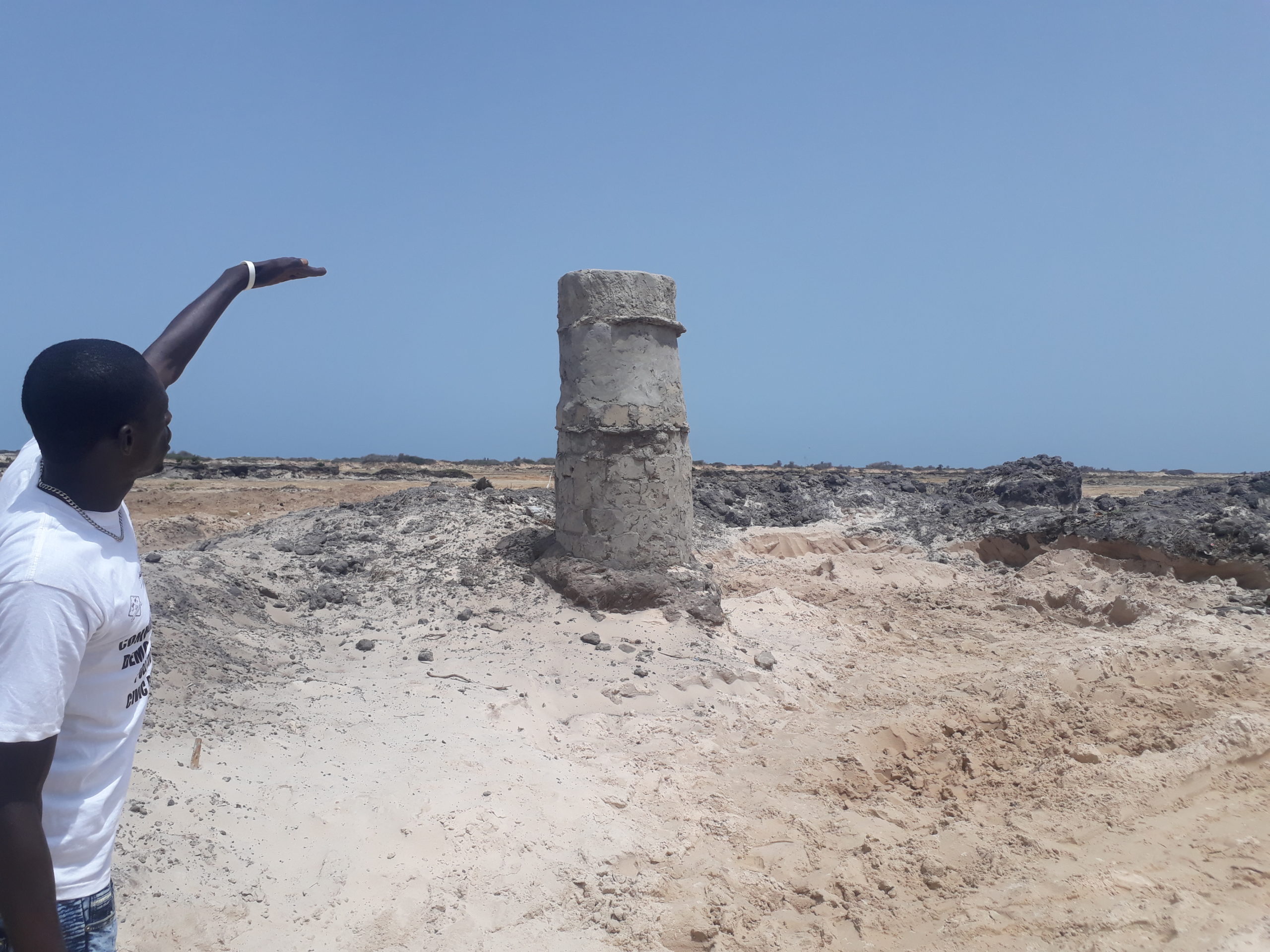
Indiscriminate mining, depleting coastline
In Kombo, fishmeal factories are a fragment of their environmental concerns. In recent past, there were several clashes between local communities and the mining companies who are protected by the state. Faraba Bantang was a case in point where deadly protest led to clashes between the community and the police, killing 3 and wounding dozens.
In November 2015, over 40 people were arrested and 33 were charged in Kartong, a coastal village bordering Casamance, with several offences for protesting against sand mining. They were released 10 days later by ex-president Yahya Jammeh.
The local communities have voiced their concerns that the mining had destroyed their women gardens and rice fields. The community’s land identified for the building of a high school was completely destroyed.
Like Gunjur and Sanyang, the mining in Kartong was being done at an area about a kilometer from the beach. “There is a huge environmental destruction in Kartong because of sand mining…, both white and black sand,” said Mustapha Manneh, an environmental activist in Kartong.
Manneh said mining companies have left big quarries in their trail but never did any efforts to restore the environment. Due to the resistance, the companies and Government stopped black sand mining in Kartong in 2015 and white sand mining was subsequently stopped in 2016.
In Gunjur, the story was not any different. Dozens of women gardeners had to be relocated and rice fields had to be abandoned because of mining. Within a sea-side settlement called Sambuyaa, new settlers given land by Gunjur, several women have told Kerr Fatou that the mining companies have taken over their gardens and compensated them D10, 000. For a lot of them, they are now forced to sit at home idling. There are those who said they were forced out of their garden without any compensated.
Fatou Ceesay is a suckling mother of 3 school-going children. Like dozens other women, her garden was at the quarry for 10 years before it was taken over by miners in 2018.
“I have been supporting my family with revenue I get from gardening for 10 years,” said Ceesay.
Now, I sit at home. The mining company has destroyed our gardens and compensated us D10, 000,” said Ceesay.
Ceesay’s story is one too many. Hawa Camara and Habi Njie, both of them mothers of 2 children, endured similar fate, like the rest of them. One woman though is determined she would not leave the place for the mining company. She is Fatou Fulo Jallow. Jallow’s garden now stands on the only sand dune left in the quarry.
“Their presence (Unity Mining) has made gardening a nightmare for us. But I have told them I am not leaving my garden,” said Jallow.
At this particular mining site, the sand dunes are finished. The miners are digging and in some place there is water visible on the floor. On July 21, a team of local Gunjur activists embedded with them a Kerr Fatou reporter have visited the mining site at Sambuyaa. Even the workers found on the ground digging have complained of the complexity of their work, because they dig and spade the sand into a waiting truck.
“The sand is finished here,” said one of them.
Old wells by women gardeners were visibly all over the mining site. At some places the excavation depth is 2 to 3 meters. In some places there is water visible on the ground. The site which is about 3 kilometers is now eating into the left-over sand dunes between the quarry and the sea.
“We are fearing they would remove the only sand barrier between us and the sea. If they do that the water will come into the community,” Gunjur Alkalo Gikke Darboe told Kerr Fatou.
“There is no sand at the place but they are still mining,” added Bai Darboe, the Alkalo’s son. The space left between the quarry and the sea is less than 70 meters and in some place less than 60 meters. Even Geology Department’s Alieu Jawo confirmed this in a meeting with the community in Gunjur on July 23 which was attended by a Kerr Fatou reporter.
Lamin Dampha is the director of the Unity Mining. Dampha started mining in Gunjur and Sanyang in 2018. In January 2019, his company had problems with natives of Sanyang who protested against mining in their community. Dampha denied any wrongdoing. He said the community in Sambuya and Sanyang are pleased with the operations at the quarries.
“My staff were working under the supervision of the Geology staff and mining is under the Geology,” said Dampha. “We are working with the community and we have not gotten any resistance…”
Dampha said they are only mining in Kachumeh and Sambuyaa, all communities within Gunjur. “We have stopped Sanyang now,” said Dampha.
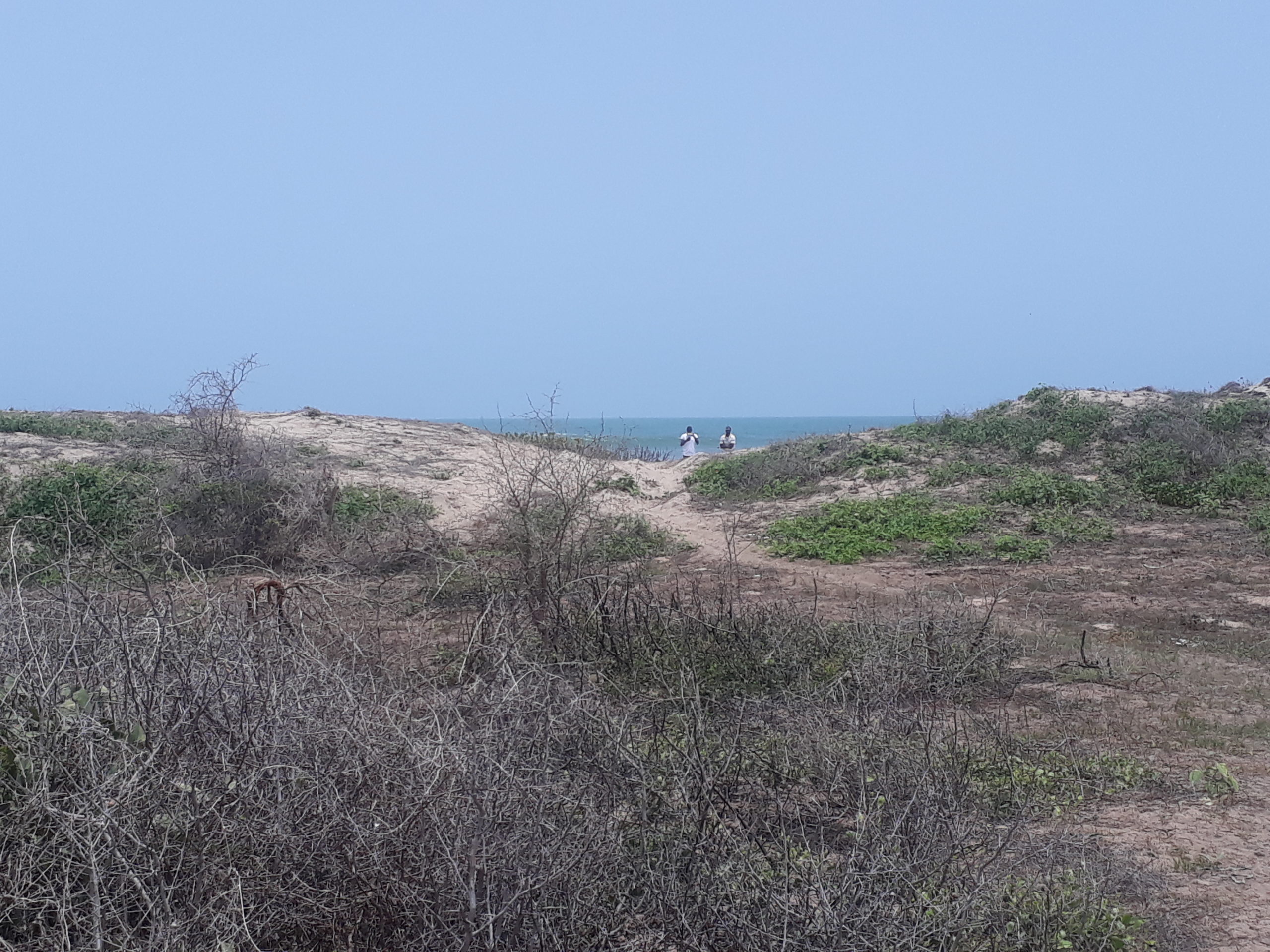
Encroaching on TDA area
In almost all the areas where mining occurs along the coastline, it is done within the Tourism Development Area. In Gunjur, what is left between the quarry and the mining site is less than 60 meters in some areas. The TDA, according to the Gambia Tourism Board Act, is 800 meters from the high watermark.
Ousman Kebbeh, the spokesperson of the GT Board said the activities of the mining companies within the TDA are illegal.
“Anything happening within the 800 meters from the high watermark is within the TDA… And anything being done there without the approval of the GT Board is illegal,” said Kebbeh.
Fatou Beyai Raji, director of product development at the Gambia Tourism Board, said they have issued several press releases to warn people engaged in such activities but to no avail.
“These are areas that are by law designated as Tourism Development Area…,” said Fatou.
“Our regulations said 800 meters from high watermark is considered to be for tourism development only. Anything that we have there must be compatible with tourism. And we all know that mining is not compatible with tourism development because it destroys the land.”
Fatou said the mining companies destroy the land and abandon it without any attempt to rehabilitate it.
She said they have visited the mining sites and saw the problems themselves.
“The problem in that area is that they are not just removing the sand dunes, they are going below…,” said Fatou.
“Those remaining sand dunes are what is stopping water from coming in and when they remove all of it, salt water will intrude into the area…”
The Geology Department is aware of the fact of encroaching on the Tourism Development Area. However, according to the officials of Gambia’s Geology Department, the GT Board Act conflicts with the Mines and Quarries Act. Babucarr Cham, the managing director of Geology said their Act empowers them to mine resources wherever they are.

Faraba-like standoff imminent
The apparent frustration that started the resistance at Faraba is imminent in Gunjur. On June 18, natives of Gunjur had briefly stopped mining activities at Sambuyaa until the intervention of police paramilitary unit. After that episode, the youth activists were invited to police headquarters for dialogue. There, they went with the village’s Alkalo Gikke Darboe.
The intervention of the police did not dent the spirit of the youth. Thereafter, the community’s youths wrote two letters to the Geology Department requesting an end to mining at the Sambuyaa mining site or they will forcefully intervene and stop it.
On July 23, Geology invited them to a meeting at its conference room. The coalition of Gunjur youth have given an ultimatum that the mining must stop. “If you don’t stop it, we will,” vowed Omar Bun Darboe, a young man in his early 30s.
The team of activists who showed up at Geology Department were led by Dembo Darboe, the Alkalo’s representative. They had hours of conversation with Babucarr Cham, the managing director of Geology and his deputy Alieu Jawo with their staff.
Cham said their doors are always open for dialogue but not without reminding the community that “mining is destructive”. Cham said they will try making efforts to restore the mining sites that are destroyed. But Dembo could not take Cham for his words.
“We have noticed that all the places there were mining activities in Gunjur before, as soon as the companies left, the places are abandoned. No one makes an effort to restore the place,” emphasized Dembo.
The discussions are ongoing but the community is adamant that they will use force to stop the mining if the Government fails to act.
In Sambuyaa, within the community, the frustration is as apparent as in Faraba, in the lead up to the shooting. Several people within the community told Kerr Fatou that they could not even sit in their compound because of the dust from passing trucks.
The company, Unity Mining, is levelling the road for trucks and dust that emanates from the road appears on their roofs and trees.
But the Faraba Banta Inquiry which investigated the deadly police shooting had forewarned of the frustration in Gunjur about the mining.
“Talking to people and especially following the commission’s field visit to Sanyang and Gunjur and talking to various stakeholders, it appears that the incident that occurred in Faraba Banta could happen in other parts of the country if the concerns about the environment and land ownership and land use are not addressed within affected communities,” said the report.
Like in Faraba or Kartong, in Gunjur the community is determined to stop the mining activity which is being done by Unity Mining.


Comments are closed.